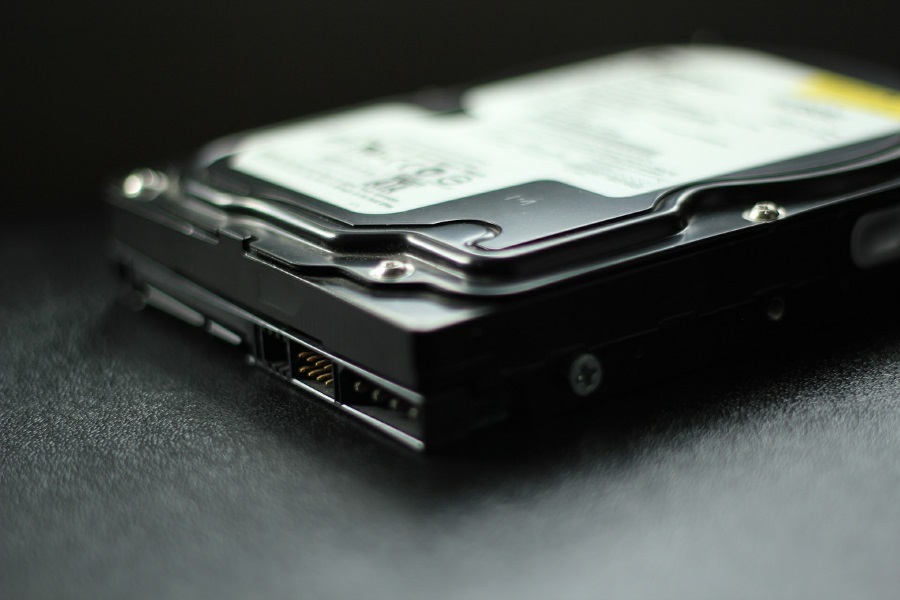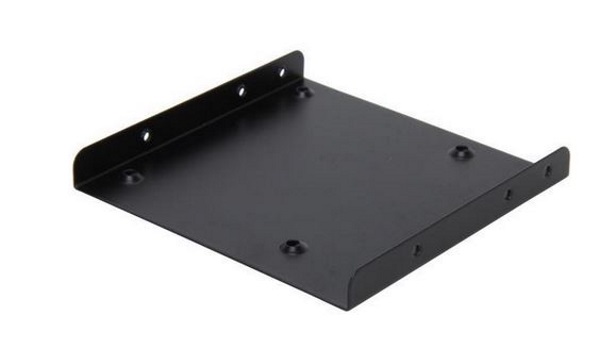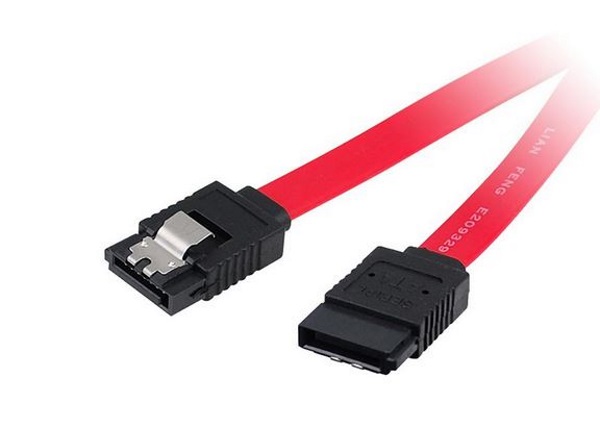Modify Your HDD Slot and Allow an SSD with These Adapters

Is there an adapter to fit an SSD into an HDD slot? Can you use an SSD as a direct replacement of an HDD? How do you upgrade from one to the other? Today’s tutorial is all about hard drive upgrades.
With SSD prices falling all the time, upgrading from a platter drive (HDD) to solid state (SSD) is one of the most effective performance upgrades you can make. It is possible now to buy a good quality SSD for less than $0.30 per GB. With more manufacturers shifting production entirely to SSD, it makes sense to buy one if you can afford one.
Why upgrade to SSD?
There are two main reasons why you should consider upgrading from an HDD to an SSD, speed and power savings. Speed is measured at how fast a disk can read and write a file and power is how many watts per hour it takes to keep it running. For most of us, speed is the only real consideration but if you run an IT department, power saving is also a consideration.
A standard hard disk drive reads and writes at between 80 and 160MB/s. The newer the drive, the faster the read and write. An average SSD can read at 560MB/s and write at up to 530MB/s. Newer M.2 SSDs can write much faster. For example, the Samsung 970 EVO has a read speed of 3,400 MB/s and a write of 1,500MB/s. Compare that measly 80MB/s against 560 or even 3,400MB/s and you see why people are upgrading.
Power use is harder to quantify as there isn’t always enough data available to make informed decisions. For the most part, an SSD will typically offer power savings but not in the way you expect. Peak power draw for an SSD will be more because it works much faster and does a lot more routine tasks for housekeeping. However, that peak power draw will be for much shorter periods of time because of that speed.

Is there an adapter to fit an SSD into an HDD slot?
If you want to upgrade from an HDD to an SSD, you will need to have a case that has 2.5” drive slots or use an adapter. An HDD is a 3.5” device so there is a size difference between the two. While fixing an SSD into place is purely optional if you don’t transport your PC, it can lower vibration and noise if you do.
Products such as these drive mount adapters will work perfectly. They will fit into the hard drive mount and secure the SSD in place. Most will require you to screw the SSD into the mount and then either clip or screw the mount where your hard drive used to be. It only takes a few seconds to do and uses existing screw mounts on both the drive and your computer case.
Other adapters and retailers are available.
Can you use an SSD as a direct replacement of an HDD?
Yes you can. Whatever operating system you use, it should recognize an SSD drive. The only time you need to be wary is if replacing an SSD in a Mac. There are compatibility requirements that you need to bear in mind if you’re doing that. If you’re using Windows or Linux, there are no issues with replacing an HDD with SSD. Both will recognize the drive and offer to format it so it can be used right away.

How do you upgrade from HDD to SSD?
Upgrading a hard drive to an SSD is very straightforward. Even more so if you’re not upgrading the drive your operating system is installed on. Even then the process is still achievable by a home user.
Before buying an SSD, you need to make sure that your computer power supply has SATA power connectors and that your motherboard has SATA III connectors. If you don’t have those things, you may be able to use SATA power adapters. An SSD will work on SATA II but you won’t get quite so much speed benefit. If you have those things, you will just need your new SSD and an hour of your time.
- Turn off your PC but leave it plugged into the mains.
- Remove the case cover and set aside.
- Unbox your new SSD and have it to hand. Make sure to have its SATA cable too.
- Identify the hard drive you’re changing and the SATA connector on your motherboard to connect the SSD.
- Connect the SATA cable to the SSD into your motherboard.
- Plug the SATA power connector into the SSD.
- Turn on your PC.
- Your operating system should recognize the new drive, assign it a drive letter and offer to format it. Allow it to do so.
- Copy all files from the HDD you’re replacing onto your SSD.
- Turn off your PC.
- Remove the old HDD drive from your computer and remove the cables.
- Screw your SSD into the adapter and the adapter into the hard drive slot in your computer case.
- Attach the SATA and power cable to the SSD.
- Replace the computer case.
- Boot up your PC.
You can clone hard drives so they exactly match the old drive but this is often overkill. If you have a spare PC, you can clone your OS drive but I always recommend a new install of the operating system. This gives you the chance to start afresh and to use your new faster drive with a new installation.
If you use Windows and are replacing the boot drive, you follow some of the procedure above but just copy all the folders you want to keep to another drive or external drive or device. Then replace the drive, insert your Windows installation media and follow the installation wizard built into it. Once installed, you can copy the files over to Windows and use them as normal.
Upgrading a hard drive is very straightforward. As long as your current setup as SATA III compatibility and the correct SATA power connector, the rest is drag and drop and direct replacement. If I can do it, anyone can!















